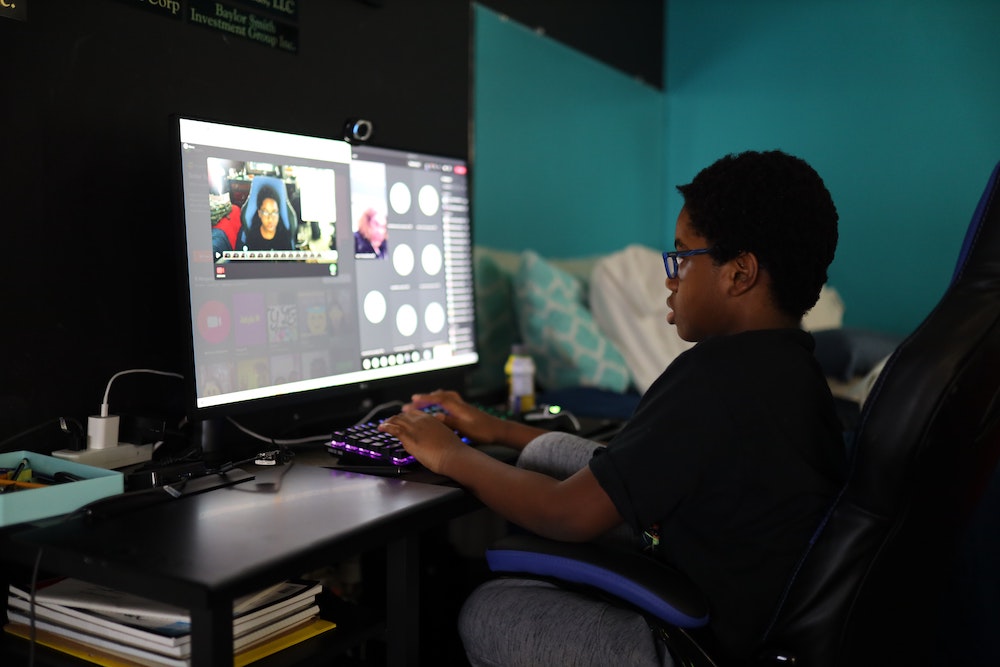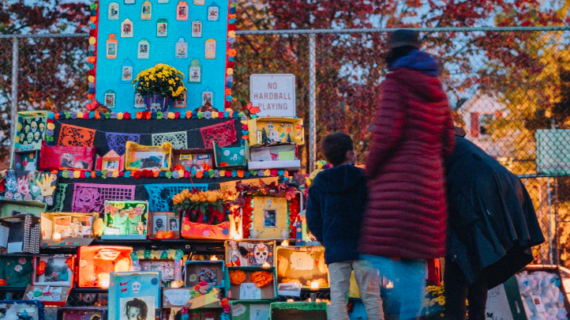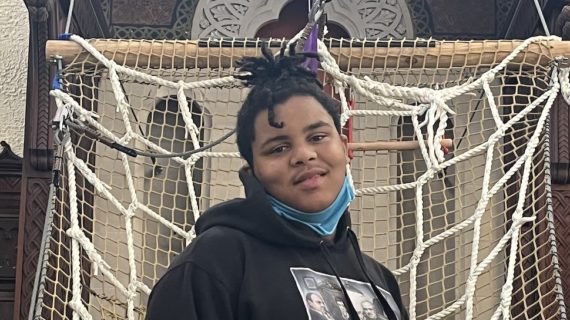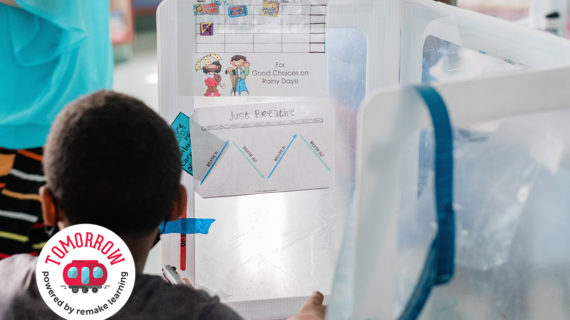
How you can help kids navigate viral social media stunts
Story by Christine Elgersma. Photo above by Ralston Smith used by permission via Unsplash.
Fads are nothing new. We see a lot of people wearing, doing, or saying something, and we want to try it, too. Today, fads on social media can take the form of viral stunts captured on video. And since kids are sensitive to peer pressure and FOMO (fear of missing out), they’re often the first to want to try them.
These stunts, also called “challenges,” range from harmless to horrifying. They can be silly (the Mannequin Challenge), slightly risky (the Make Your Own Slime Challenge), destructive (the Devious Licks Challenge), or even dangerous (the Choking Challenge). In most cases, kids just watch them for entertainment on platforms like TikTok or YouTube. But sometimes, kids are inspired to try them out and share their own videos of the results.
If you’re looking for advice on talking to your kid about the latest social media challenge, check out these tips and conversation starters:
1. Talk about it.
Though we can’t always be with our older kids and teens to prevent dangerous behavior, our words can stay with them.
Ask: “Have you ever thought about doing an online challenge?” Listen for hesitation, and let them know it’s OK for them to check in with you first before participating.
2. Get them to think it through.
Help your kid think through the challenge and decide if it’s safe or has potential risks. Stunts like the Devious Licks or Slap a Teacher challenges are not only wrong, but may have serious legal consequences when other people and property are harmed.
Ask: “What is this challenge asking you to do?” Encourage them to walk through each step and figure out where things could go wrong.

3. Acknowledge peer pressure.
Kids might feel pushed into participating in viral trends for different reasons. Maybe it was a dare, they want attention, or their friends are doing it.
Ask: “Why do you really want to do this? Is this a video of yourself that you really want out in the world?” Talk to them about how their online videos can affect them in the future.
4. Stay (somewhat) up to date.
Ask your kid about what’s happening in their lives — even when it seems like they don’t want you to. Sometimes kids are more willing to talk about other kids than about themselves. Pose questions about friends, school, and trends.
Ask: “Would you consider doing a viral stunt if someone asked you? Which ones would you do and not do?” Keep an open mind and intervene if you’re concerned about the latest craze.
5. Embrace the good ones.
Encourage your kid to find — or maybe even start — a positive online challenge. From feel-good dance crazes to global awareness campaigns, social media trends can spread happiness and motivate positive change.
Ask: “What kinds of challenges could do some good in the world or in our own community?” Help your kids brainstorm fun and safe options that everyone can take part in. (You can let them know about Pittsburgh’s own positive Tiktok star, Hunter Prosper!)
6. Model responsible online habits.
Some parents and caregivers are the ones recording their kids as they try these challenges. Make sure your involvement sends the message you intend.
Ask: “How can I help you with your idea?” Help your kids make the distinction between what is realistic and what may be dangerous so they can stay safe.
To learn more about how kids are using social media, check out the Parents’ Ultimate Guide to TikTok.









